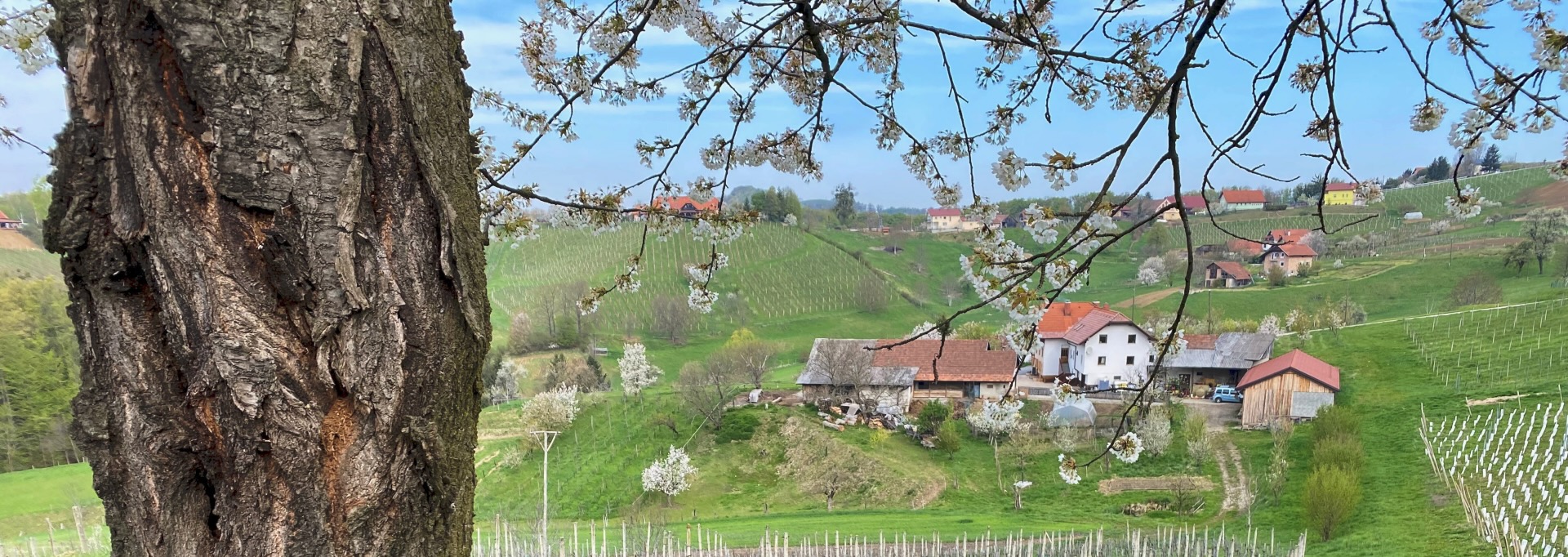

Ekološka kmetija Valentan, Štajerska, Slovenia
They started planting PIWI grapes to let their children play and eat freely on their land. As Metka put it, “We live from our farm.”
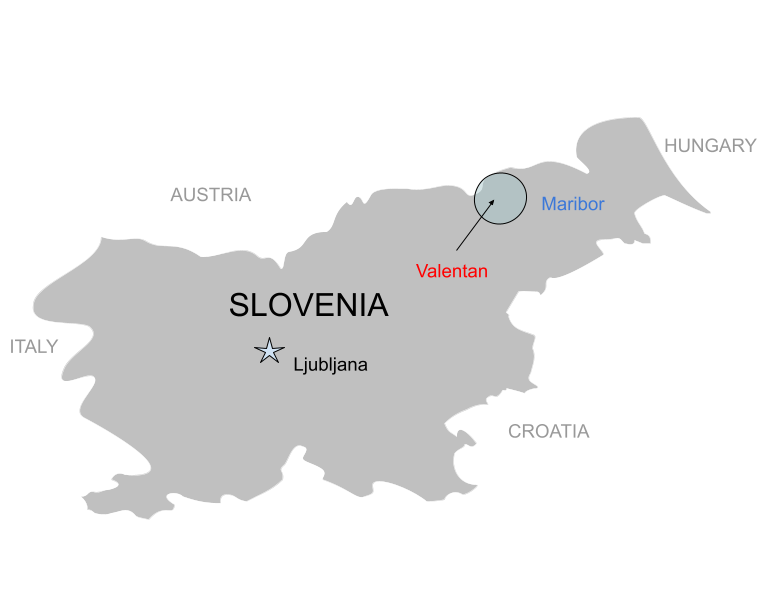
At a Glance
https://www.facebook.com/ekovalentan/
Štajerska
Cool continental, 2 km from the Drava River
Marl
320m-500m
Vineyards planted on steep slopes above the Drava river
Sauvignon, Laški Riesling, Rhine Riesling, Muscaris, Souvignier Gris, Chardonnay, Rumeni Muškat, Kerner and Blaufränkisch
4 hectares
EU-certified organic wine since 2010
Organic
Štajerska
Cool continental, 2 km from the Drava River
Marl
320m-500m
Vineyards planted on steep slopes above the Drava river
Sauvignon, Laški Riesling, Rhine Riesling, Muscaris, Souvignier Gris, Chardonnay, Rumeni Muškat, Kerner and Blaufränkisch
4 hectares
EU-certified organic wine since 2010
Organic
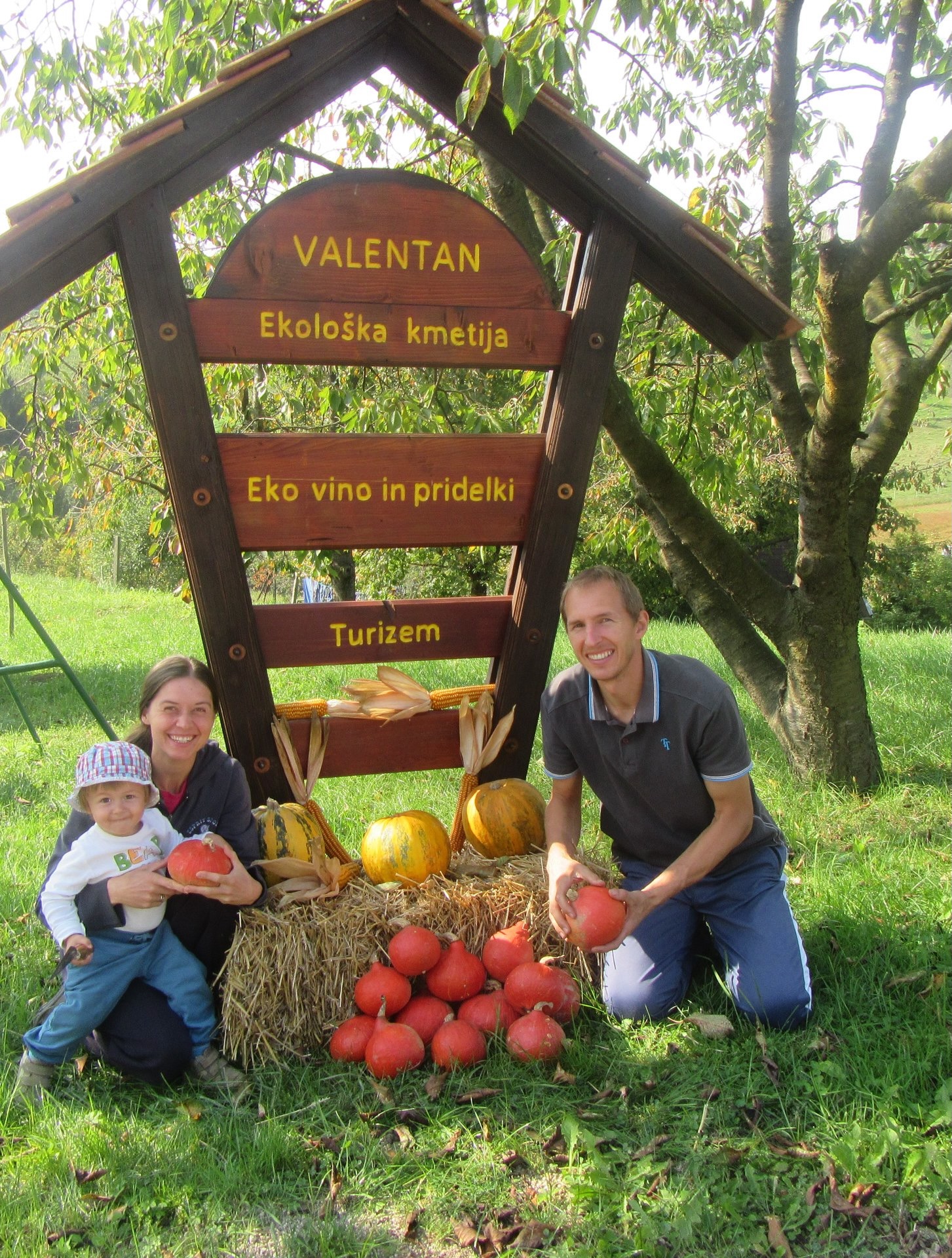
Pumkpin harvest at Valentan
The People
We ended up with a little extra time in our schedule in the Maribor region of northeastern Slovenia on our Spring 2022 trip. Attempting to thwart the algorithm or be swayed by social media nonsense, we just pulled up Google maps and started scrolling around. Adventures on the virtual wine route. Eventually our cursor landed on “Ekološka kmetija - vinotoč Valentan,” about a 15 min drive from Maribor in the village of Vodole. Basic due diligence ensued. EU certified organic – check. Working with PIWI grapes – check. Mixed ag farm – check. No incriminating news stories – check. Instagram: eight followers and zero posts – check. And on and on… They did have a Facebook page with a contact email. After a couple quick back and fourths the appointment was made. No hype, no expectations and no pressure.

Metka, Simon, Aleks and Filip
Metka and Simon met us as we pulled up to their home and immediately headed out to the vineyards. They have 20 hectares of land, but only 4 are committed to vines. The rest are wild forests, fruit and nut trees, vegetable gardens, grains and animals to name a few. Along with their two children, Aleks and Filip, and grandparents, the whole family works and subsists on the farm. As Metka put it, “We live from our farm.” In addition to hosting large groups, they also sell their produce, milled grains (buckwheat, spelt, wheat, millet), jams, pumpkin seed oil, ciders, vinegar, and so on at markets in the capital and locally in Štajerska.
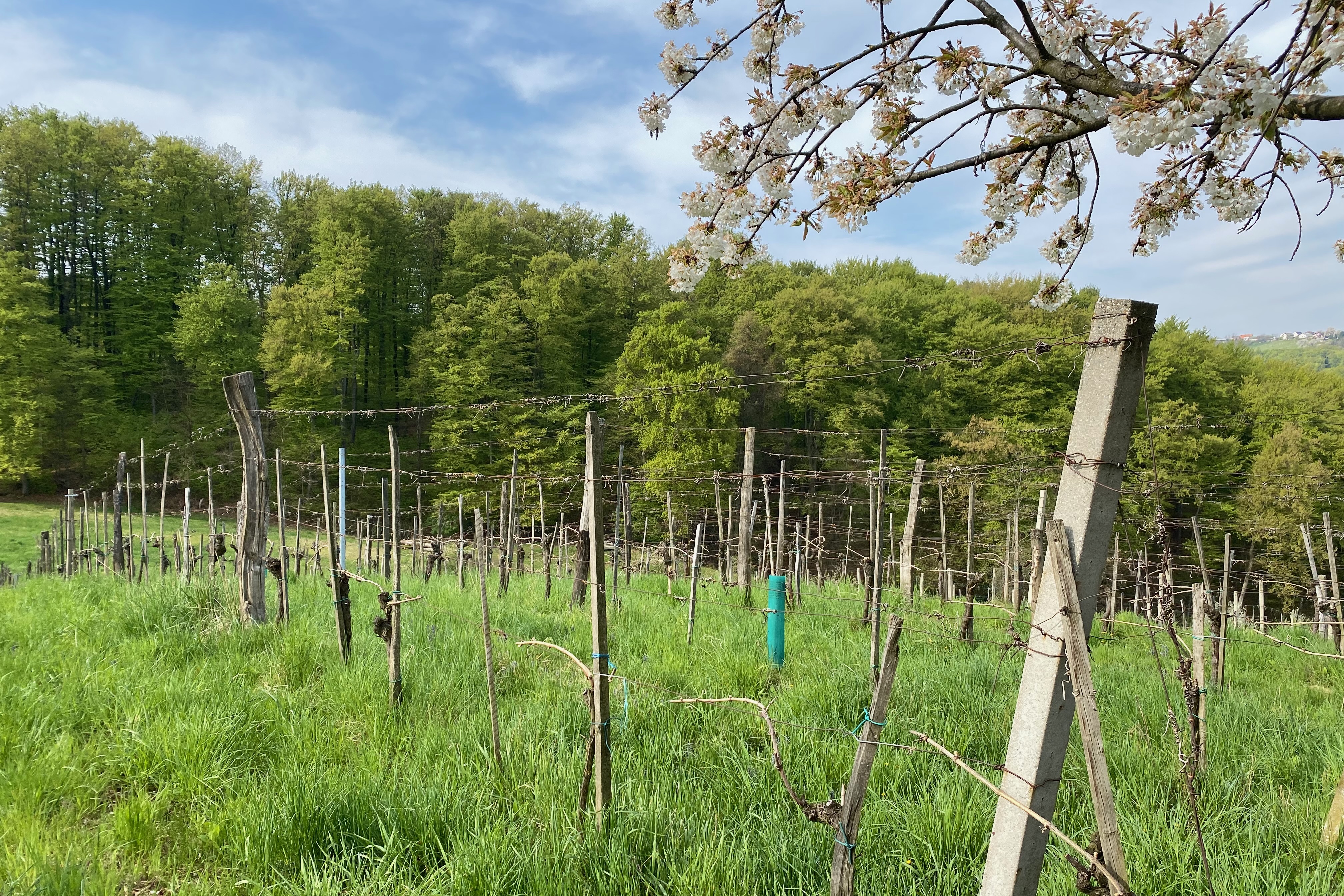
Vineyards and forest at Valentan
Vineyards
Certified organic since 2010, it wasn’t about chasing the natural wine trend or seeking out exporters, but the health of their family and neighbors. No other agricultural crop in the EU receives more pesticides per capita than vineyards.
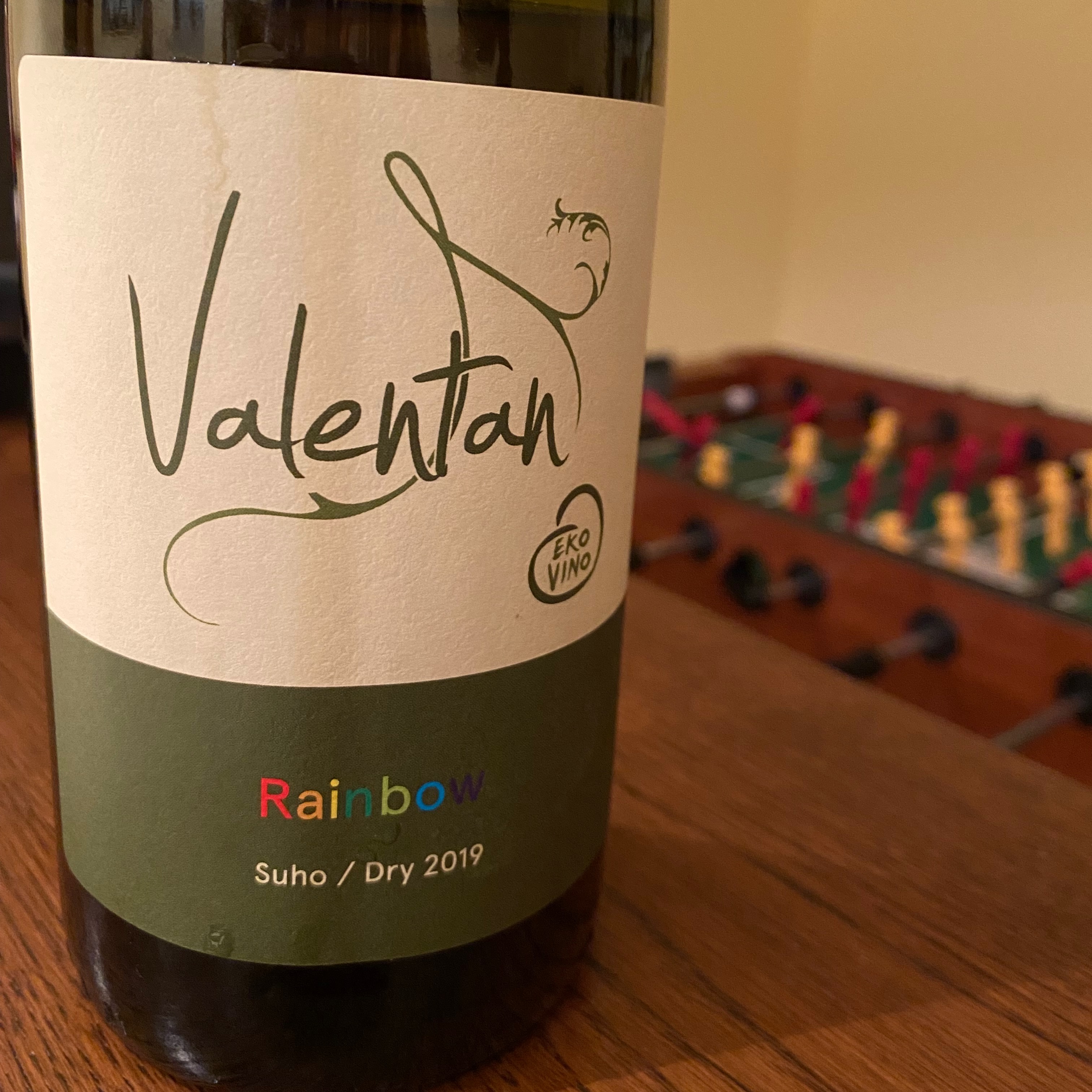
Rainbow made of Souvignier Gris
They started planting PIWI (Moscaris and Souvignier Gris) grapes in 2016 for the same exact reason - less spraying, less petrol, less soil compression, keeping labor costs down, and letting their children play and eat freely on their land. Making the top 10 in German words never to break through in the states, “Pilzwiderstandsfähige Rebsorten” or PIWI basically translates to “fungus resistant grape varieties.” These are not to be confused with GMOs or Hybrids. These are bred Vitis Vinifera and have been an area of study since the 1890s when the goal was to defeat phylloxera. PIWIs are basically a sped up version of what happens in nature. And while the Souvignier Gris is something we’ll get into later, it is far from the only thing making Valentan a compelling estate. We are also delving into old vine Renski Rizling (Rhine Riesling), Sauvignon Blanc, Laški Rizling (Welschriesling) and Modra Frankinja (Kékfrankos/Blaufränkisch).
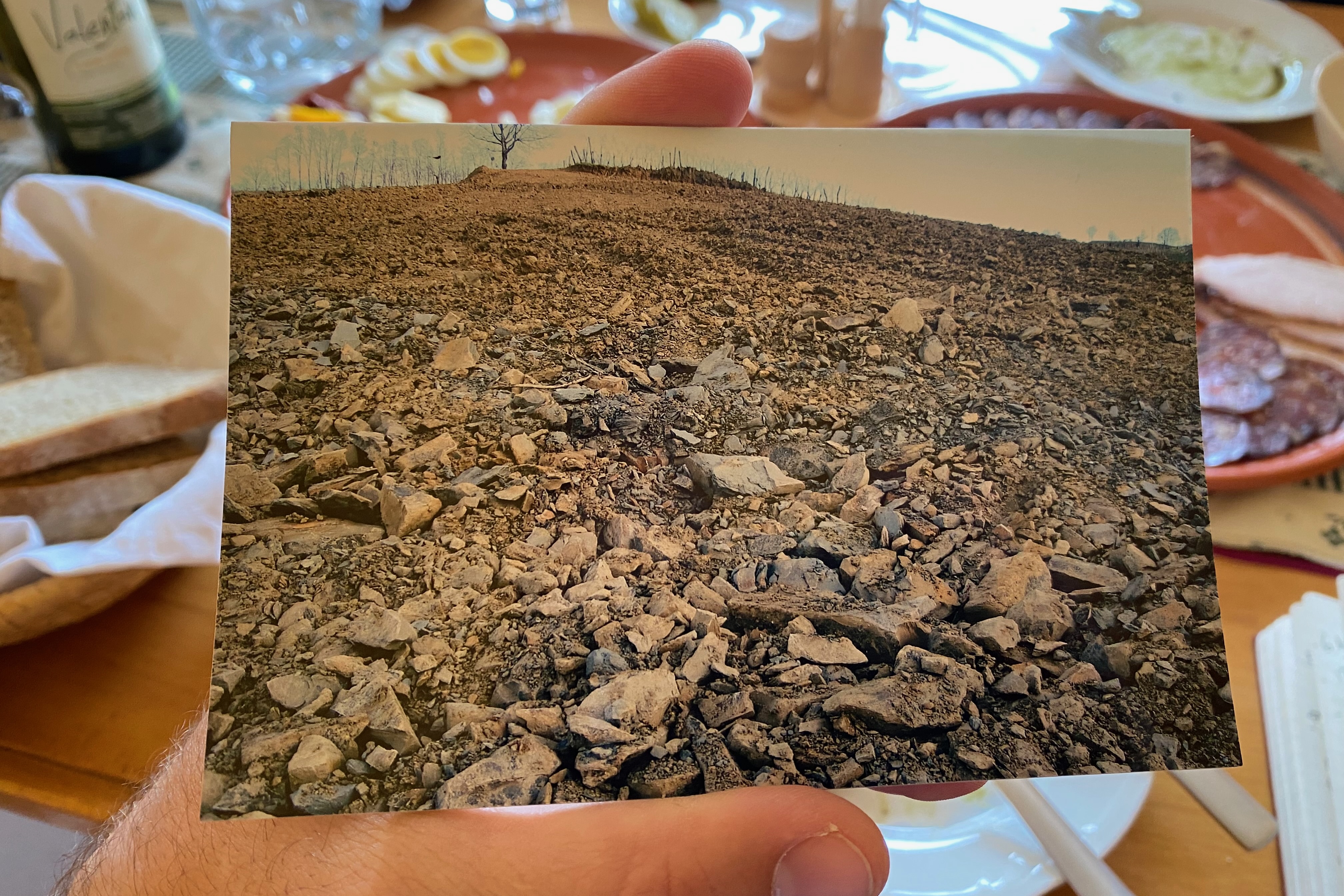
Marl soil before planting
The soil is super rich in marl resulting in impossibly stony soils. It’s difficult to imagine this being a vineyard before planting as the photo illustrates. However, once the high-density vines get established, the vines become remarkably tolerant. Surrounded by wild forest, other crops and animals, the biodiversity contributes to immunity as well. Metka and Simon have influenced a number of their neighbors to convert to organics and lead classes for children as well. Under vine cultivation is key along with natural cover crops and little to no tilling. One thing worth noting is that they tend to pick late and are not afraid of botrytis. They are certainly not in the pick early for pH camp. They want ripe developed flavors and their farming is a testament to being able to do so.
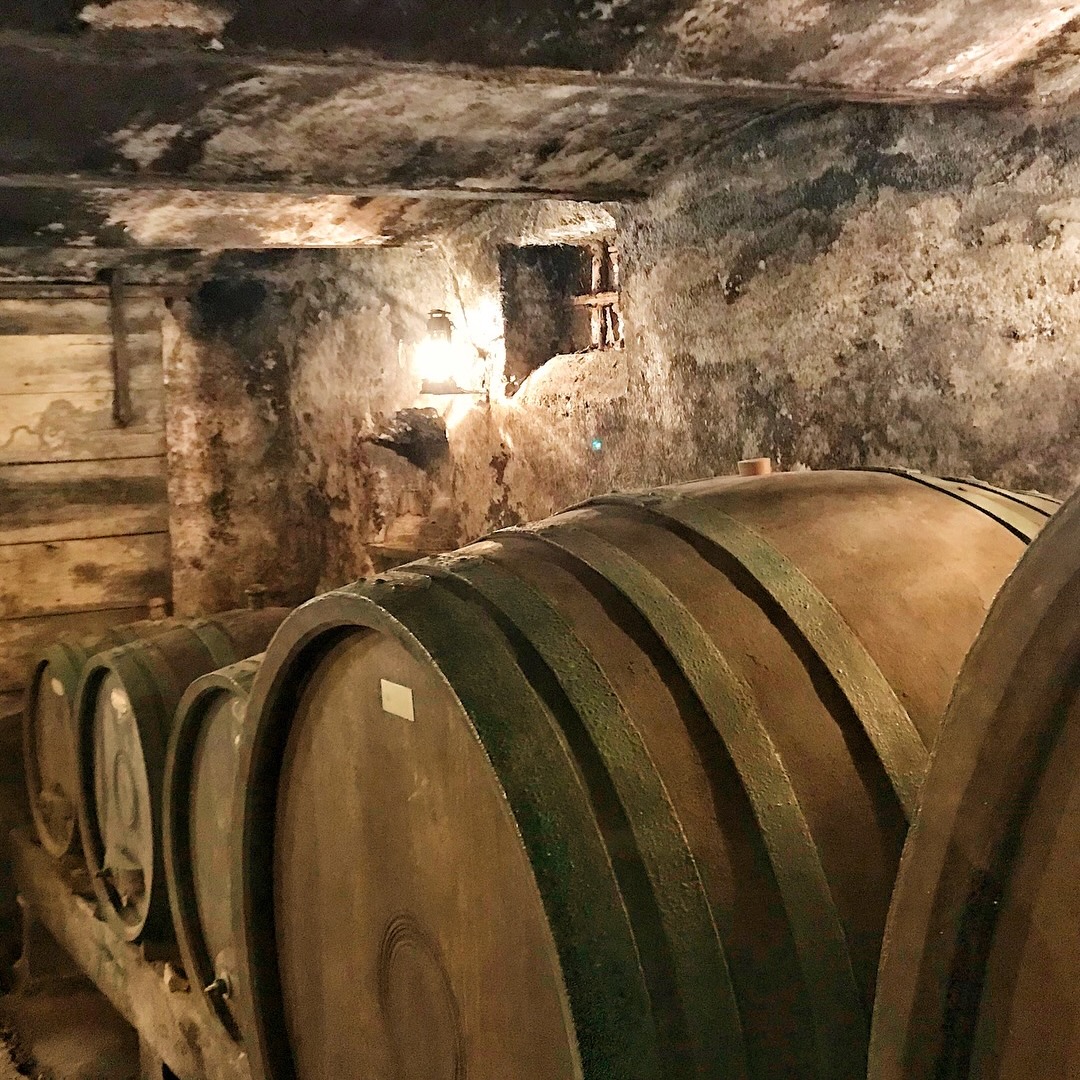
The cellar
Winemaking
On the winemaking front, they keep things pretty simple. Oak and Acacia for wood and stainless steel for some of the primary fermentations and settling before bottling. They do not use temperature control, rack minimally, are careful to not overexpose to oxygen, but are by no means hyper reductive either. The only addition is SO2 with total levels ranging from 15-35ppm. Skin macerations are in open vats and tend to be between 3-10 days for most wines. There’s always a freshness even though it’s backed up with some serious structure.
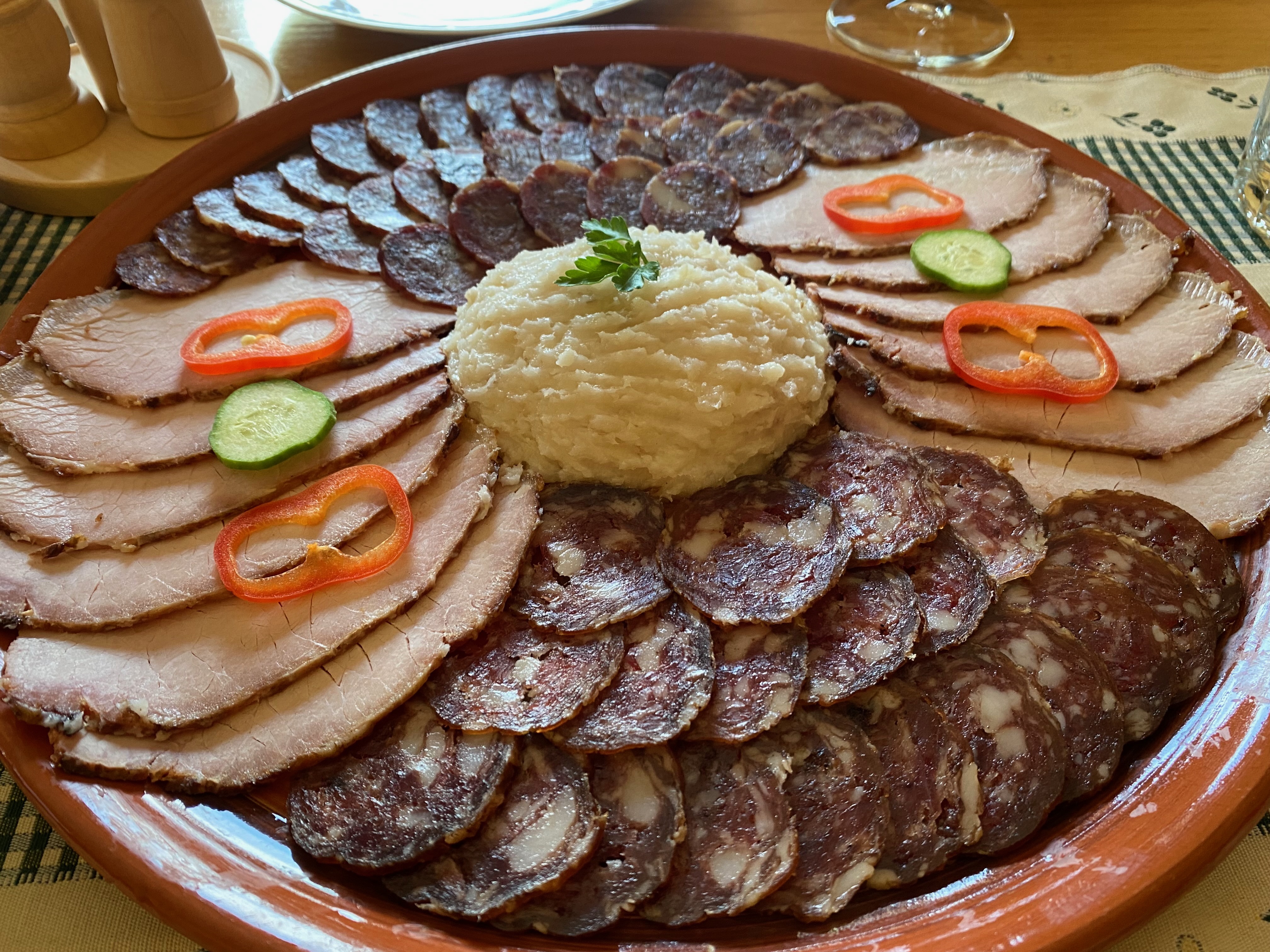
At Valentan, everything is homemade and grown

Red Wine , Organic
Blaufränkisch;
11.9%
1.3 g/l
5.76 g/l
Blaufränkisch;
11.9%
1.3 g/l
5.76 g/l
Sauvignon Blanc and Chardonnay (known locally as Morillon) have been the region’s traditional calling cards for the past few decades. While of course well deserving, they’ve taken the spotlight away from grapes like Modra Frankinja. As the climate has been changing and the grape has garnered increased attention in nearby Austria and Hungary, it’s becoming something really special here. Grown in the Schlossberg vineyard not too far from the Riesling, it gets 20 days on the skins followed by 9 months aging on the lees in 500L oak barrels. It adheres to their later pick and ripe philosophy, but remains so elegant, fresh, spicy and effortless. It’s one of those wines that can be a big crowd pleaser but also capture someone deeply vested in this part of the wine world.

Red Wine , Organic
Blaufränkisch;
12.59%
2.5 g/l
5.84 g/l
Blaufränkisch;
12.59%
2.5 g/l
5.84 g/l
Sauvignon Blanc and Chardonnay (known locally as Morillon) have been the region’s traditional calling cards for the past few decades. While of course well deserving, they’ve taken the spotlight away from grapes like Modra Frankinja. As the climate has been changing and the grape has garnered increased attention in nearby Austria and Hungary, it’s becoming something really special here. Grown in the Schlossberg vineyard not too far from the Riesling, it gets 20 days on the skins followed by 9 months aging on the lees in 500L oak barrels. It adheres to their later pick and ripe philosophy, but remains so elegant, fresh, spicy and effortless. It’s one of those wines that can be a big crowd pleaser but also capture someone deeply vested in this part of the wine world.
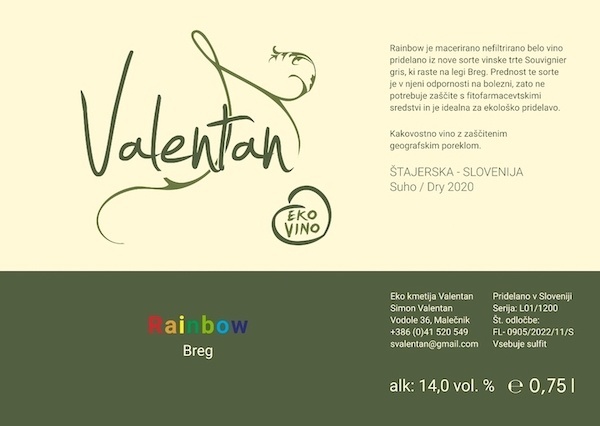
White Wine , Organic
Souvignier Gris;
13.8%
2.5 g/l
5.8 g/l
Souvignier Gris;
13.8%
2.5 g/l
5.8 g/l
This is our first PIWI wine in the book. Souvignier Gris is a cross between Seyval blanc and Zähringer. It’s highly resistant to both powdery and downy mildew, has loose foliage, fairly thick skins to protect against botrytis, and is pink skinned. It’s also really high yielding, so while it doesn’t need any spraying, it does need thinning and the high extract needs to be managed. Planted in the Breg vineyard that rolls over a hill between forested areas, it’s also where after a rain a rainbow is almost guaranteed. Macerated for 10 days on the skins and fermented and aged in acacia barrels, there’s an aromatic edge, plenty of acidity and has this uncanny hard to place but eminently drinkable quality. Ana Roš has been a fan and features it regularly at the famed Hiša Franko restaurant.
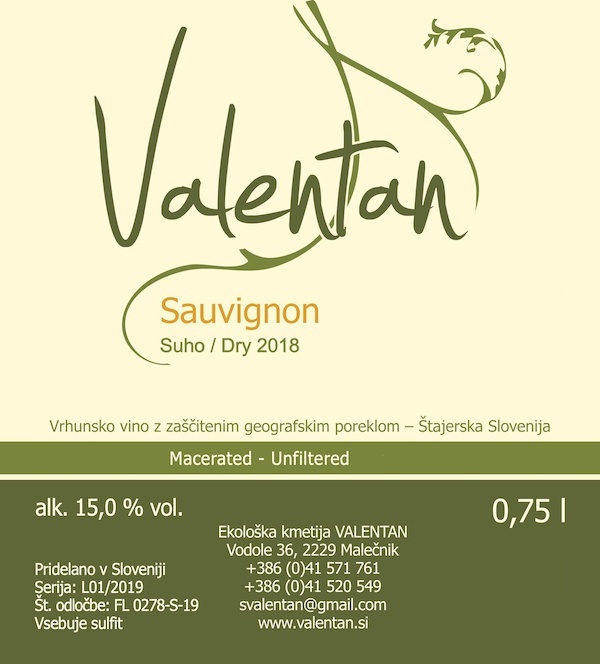
White Wine , Organic
Sauvignon Blanc;
14.9%
1.1 g/l
3.93 g/l
Sauvignon Blanc;
14.9%
1.1 g/l
3.93 g/l
It’s verging on obligatory to have a Sauvignon Blanc from Štajerska much as is the case in the Austrian Steiermark just over the border. That said, this is far from what many would consider classic. The 2018 was both harvested super late, had a kiss of botrytis, and it was a warm vintage. 2 days on the skins followed by 9 months in barrel on the lees. It walks a thin line between golden and rich and skin macerated and makes us want to eat Štajerska kisla juha at all times. This is a traditional and regional soup made from pig’s trotters, pork head, garlic, onions, salt, pepper, marjoram, parsley, thyme, apple or wine vinegar, potatoes, sour cream, and flour. In other words, this is a by the bottle deep and rewarding dive into Sauvignon Blanc.

White Wine , Organic
Laški Rizling;
12.3%
1.4 g/l
5.43 g/l
Laški Rizling;
12.3%
1.4 g/l
5.43 g/l
Most of our notes just say to return for a Koline (traditional pig slaughter) and drink copious amounts of this wine. That said, the fruit comes from 40 year old vines planted by their grandparents from cuttings they brought back from Germany. Whole cluster pressed and primary fermentation in tank, but towards the end of fermentation a separate smaller addition of a 10-day open vat macerated portion is added. A skin contact floater of sorts. The macerated edge is there much like when just the right amount of dressing is added to a salad and the bitterness of the greens can still be gleamed. There’s nothing hyper-oxidative or amber, but it somehow carries all of this richness with only 12.5%.

White Wine , Organic
Riesling;
12.2%
4.2 g/l
6.07 g/l
Riesling;
12.2%
4.2 g/l
6.07 g/l
This is a whole cluster press but with a nice dose of botrytis. Primary is in tank but towards the end of fermentation a small portion of open vat macerated (2-3 days) fruit is added as well. Grown in the Schlossberg vineyard, it is among the very last picks of the year. The Slovenian label actually labels it as “late harvest” even though it’s a dry wine. We had to change that per US regulations, but the effect is a Riesling that certainly communicates Riesling if you’re looking for it, but through a lens we’ve not yet encountered anywhere else in Central Europe.